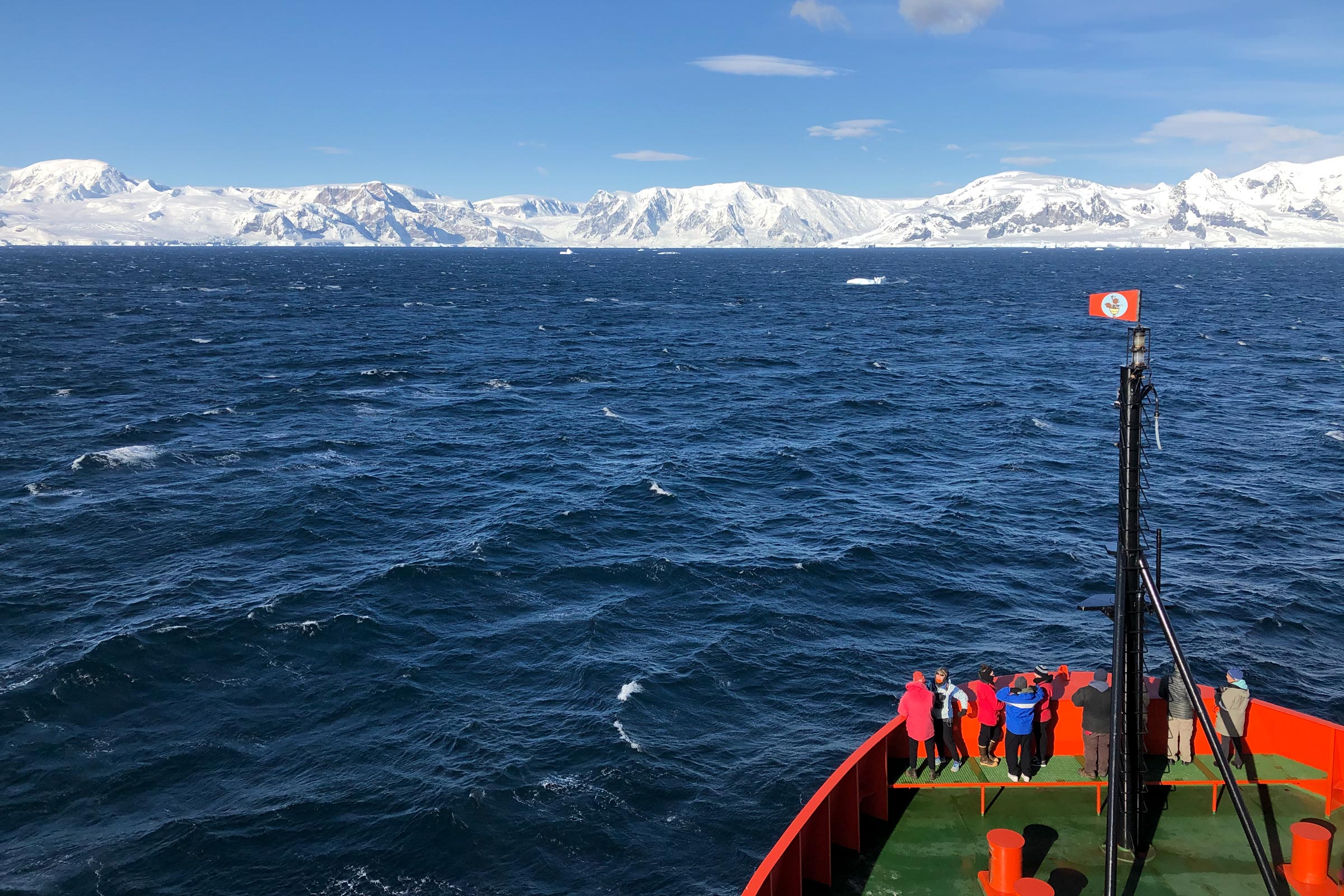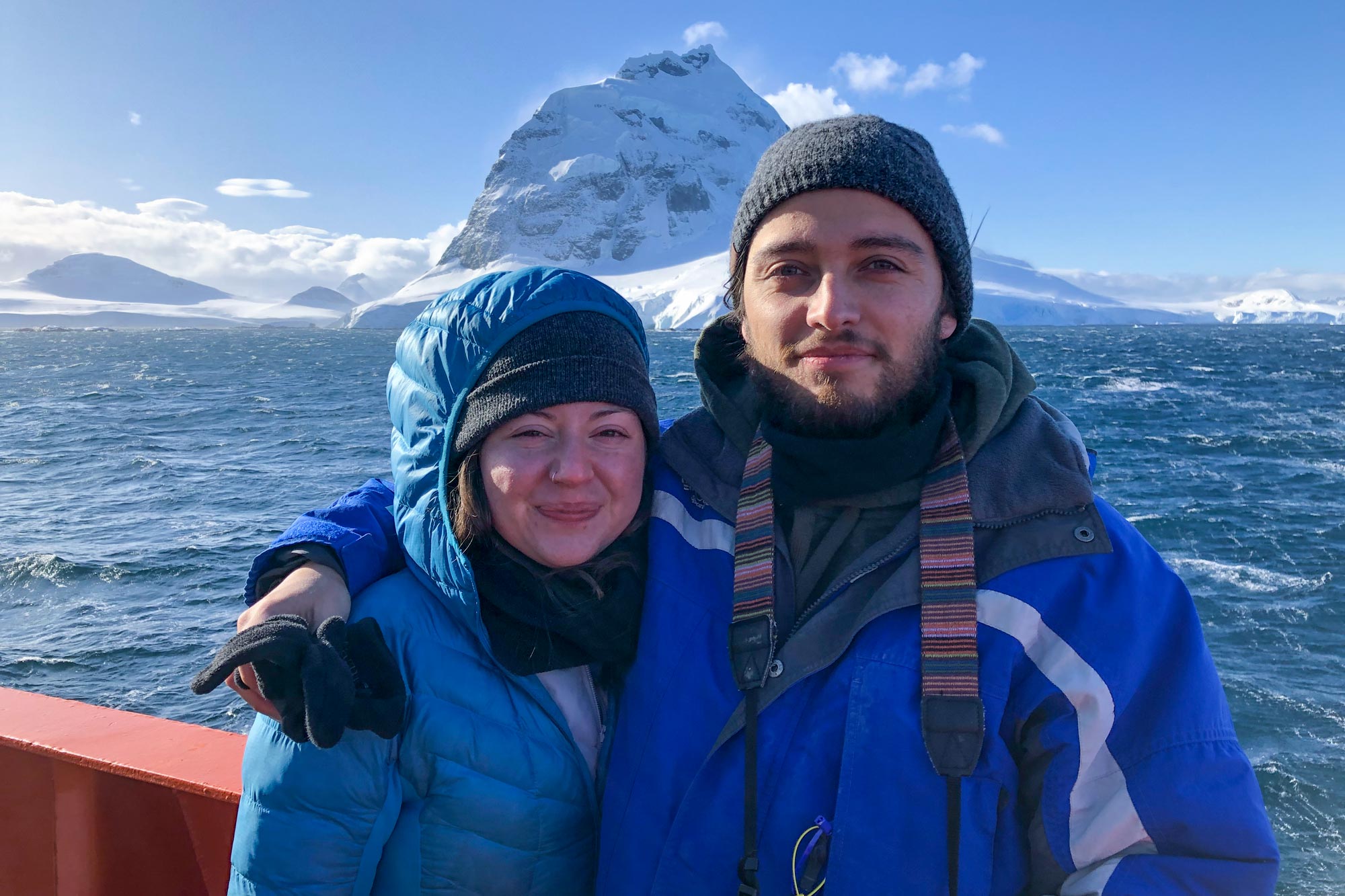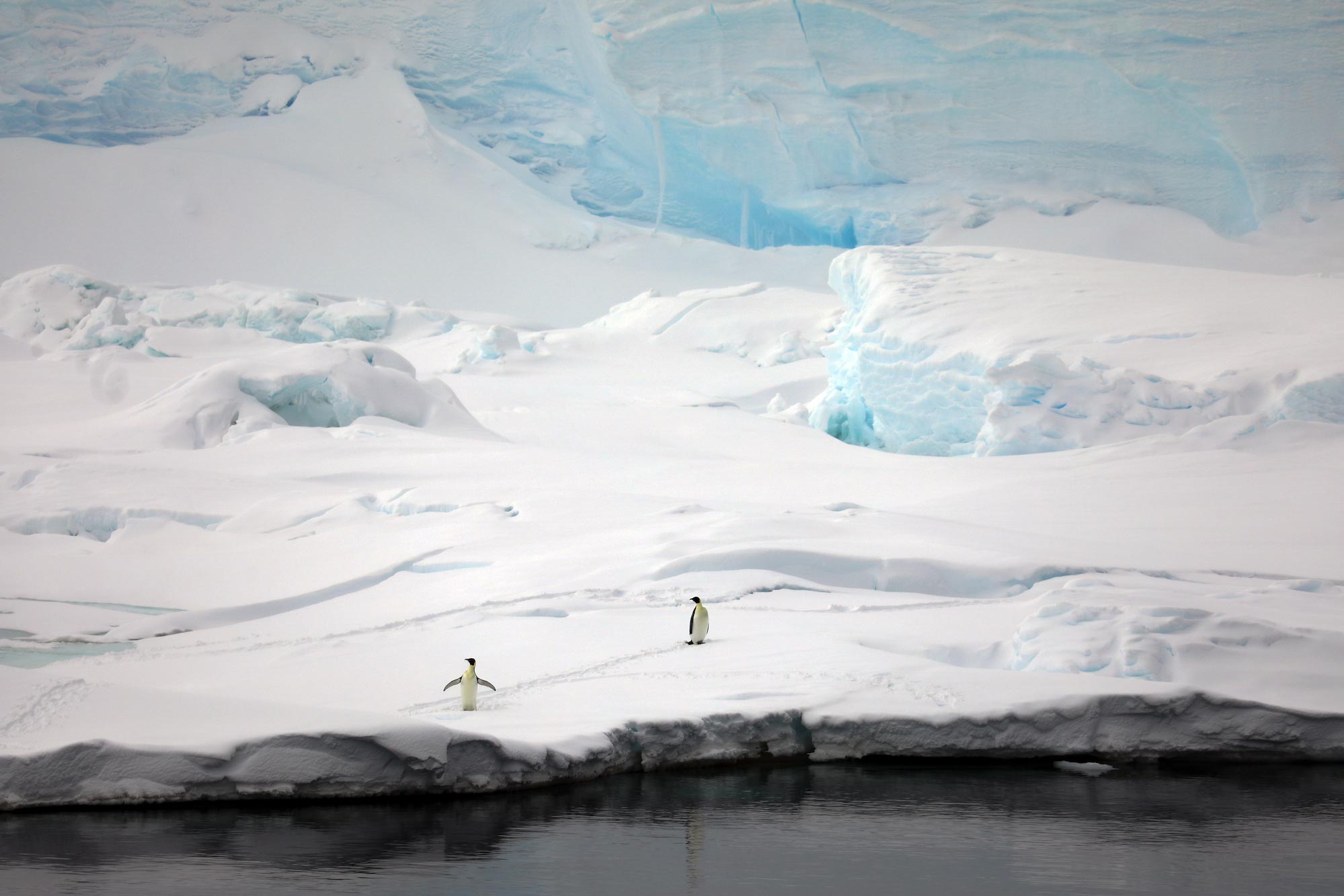
Lauren Miller Simkins specializes in geological research related to glaciers.
If the glacier untethers during one of these bursts, sea level might rise as much as 10 feet over the coming centuries.
“This glacier in particular is capable of retreating twice as fast as we previously thought from satellite data alone, so it may be poised for larger retreat events,” said Lauren Miller Simkins, an assistant professor of environmental sciences and a coauthor of the research that was published Monday in the journal Nature Geoscience.
“Retreat,” unfortunately, isn’t the hopeful term it might otherwise be. It refers to loss of ice mass once sitting on land. And when large sheets of ice retreat, the added water to the ocean raises global sea level and can inundate shores great distances away.
The East Coast of the U.S., including Virginia, stands to be particularly hard hit by sea level rise sourced from Antarctica, the geology professor said.
Scientists recently asserted that the approximately 75-mile-wide, Florida-sized glacier is melting at its fastest rate in more than 5,500 years. The glacier is already the largest contributor to sea level rise, at about 4% of the ocean’s volume.
The new findings may upend even the current worrisome prediction models.
What Lies Beneath
Imprints on the ocean floor are nature’s way of documenting how glaciers have expanded and retracted historically, providing a fuller understanding than satellite measures alone can provide. Yet getting to them has been difficult.
Icebergs can break off unexpectedly, for example, causing mini-tsunamis that may engulf the crews on research vessels seeking to make up-close observations.
However, by using autonomous underwater vehicles, or AUVs, equipped with special sensors, the multi-institution research team has recently begun to map more effectively the topography under the glacier.
“It can be a really dangerous place and really difficult to get good observations,” Simkins said. “Being able to use these underwater vehicles is a huge advance – not only for safety, but to get to places under the ice.”



